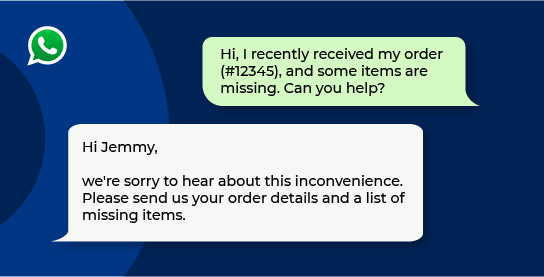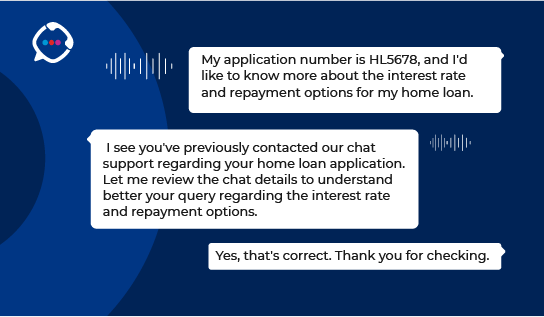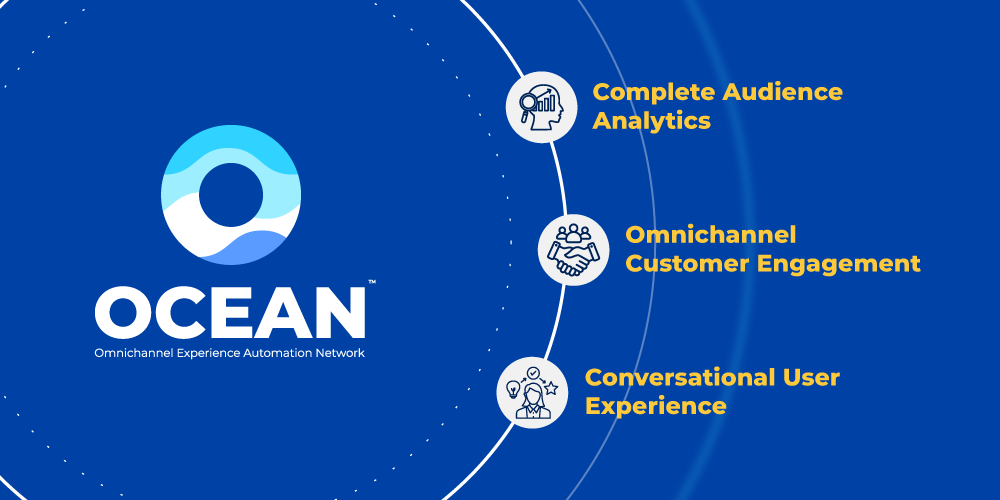
Table of Contents:
- 1. Introduction
- 2. Illustration 1
- 3. Omnichannel Coordination
- 4. Illustration 2
- 5. Outcome with Omnichannel Approach
Introduction
The term “omnichannel” is frequently misused or misunderstood in the realm of customer service. Let’s discuss the basic definition. Initially, a concept known as multi-channel was introduced, which focused on providing customers with various communication options such as SMS or Email – two channels. Currently, there are numerous other channels available, including WhatsApp, RCS, Voice, Chatbot, etc.
The issue with multi-channel communication is that if a customer switches from one channel to another, they usually have to start the conversation over.
Then came the phrase omnichannel, which meant that customers could transition from one channel to another and maintain a continuous conversation. This is where people become perplexed – what does it truly entail?
The illustration below offers a clear explanation and serves as an example of how businesses can use omnichannel communication to improve their customer service.
Illustration 1
An omnichannel experience involving WhatsApp, Email, and Facebook Business Messenger channels for a quick commerce platform:
Scenario: Order Issue
Jemmy loves using a popular quick commerce app to order groceries and essentials for her family. She recently made a purchase for a week’s worth of groceries, but when the order arrived, some items were missing, and a few were incorrect.
1. WhatsApp Interaction:
Jemmy decides to reach out to the quick commerce platform’s customer support via WhatsApp, which she saw advertised on their social media page.

(Jemmy sends over the required information.)
2. Email Interaction:
A few hours later, Jemmy receives an email from the quick commerce platform confirming her missing items will be delivered the next day.

3. FB Business Interaction:
Feeling satisfied with the response but wanting to share her experience, Jemmy posts a positive comment.

In this scenario, Jemmy’s issue was seamlessly addressed through WhatsApp, Email, and Facebook, offering her a cohesive and efficient omnichannel experience with the quick commerce platform. Now, does omnichannel make sense?
Omnichannel integrates various engagement and communication strategies to give the audience exactly what they require. This involves an orchestrated experience that spans across channels, where channels complement and augment each other, resulting in a superior overall outcome.
Omnichannel CX
Omnichannel communication provides enhanced customer experiences with hyper-personalization. It facilitates consistency with customers no matter which channel they choose to interact with you. The coordinated efforts across silos help in building a unique brand personality. This, in turn, leads to the creation of distinctive customer experiences.
For instance,
If a person contacts your business initially through chat and then proceeds to have a conversation with your representative over the phone (voice), your omnichannel approach needs to allow the agent to view the previous chat conversation. This will help the representative understand the issue at hand instead of starting the conversation from scratch and asking the customer to repeat themselves.
Illustration 2
Here’s an example illustrating the importance of an omnichannel approach in the BFSI sector:
Scenario: Loan Assistance
John is a customer of a leading bank, and he recently applied for a home loan online. After submitting his application, he has questions about the interest rate and repayment options.
Interaction 1: WhatsApp
(John initiates a chat conversation with customer support)

(John provides the required information, and the support agent provides some general information but suggests a detailed discussion with a loan specialist.)
Interaction 2: Voice

(John feels frustrated having to repeat himself without an effective omnichannel system. Let’s examine how the interaction changes when equipped with Omnichannel.)

(With an effective omnichannel approach, John feels valued and understood.)
Outcome with Omnichannel Approach
The omnichannel approach enables the customer service representative to provide John with more efficient and personalized service, increasing customer satisfaction.
A customer service omnichannel approach allows agents to access previous chat conversations quickly. As a result, they can offer a seamless and personalized customer experience immediately. Providing a service that makes the customer feel valued will increase their likelihood of returning to the service in the future.
Contact us to learn more about omnichannel communication for elevated customer experience!





